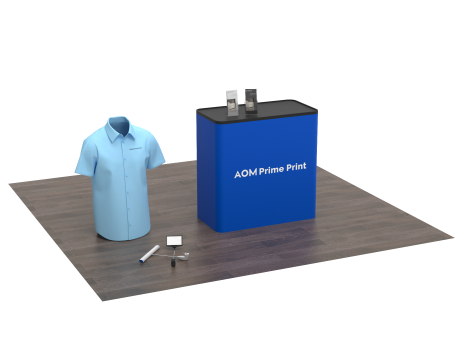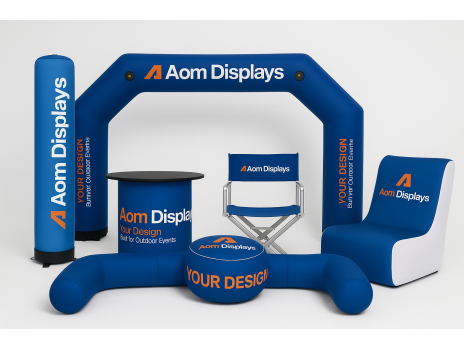The Art of Light and Shadow: Using Lighting to Capture Visitors' Attention in Showrooms
September 12th 2024
In any exhibition, the design of a showroom plays a crucial role in forming visitors' first impressions, and one often overlooked but essential element is lighting. A well-designed showroom is not only about the layout and display but also about how lighting can draw attention to key products, enhance the atmosphere, and elevate the brand's image. In this blog, we will explore how smart lighting design can enhance your showroom’s overall appeal and attract more potential customers.
1. Highlight Key Products
The primary goal of a showroom is to showcase products, and lighting is one of the most effective tools to guide visitors' attention to them. By using focused lighting, you can highlight key products, directing visitors' eyes toward new releases or flagship items. For instance, spotlighting your products makes their details more noticeable, giving them a distinctive allure that sets them apart from the rest of the display.
Tip: Use adjustable lighting to dim the background and make your featured products pop out more prominently.
2. Create a Welcoming Atmosphere
Lighting doesn’t just illuminate—it sets the mood. Different lighting temperatures and angles can evoke various emotions and sensory experiences. For example, warm yellow lighting creates a cozy and inviting atmosphere, making it suitable for home or fashion showrooms, while cool white lighting conveys a sense of modernity and sophistication, ideal for tech or industrial products.
By selecting the right color tones and brightness levels, you can better communicate your brand’s identity and style, helping visitors form an emotional connection with your products.
3. Use Contrast for Visual Impact
Contrast between light and shadow is one of the simplest and most powerful ways to capture attention. By alternating between bright and dim areas, you can create visual impact and make the products stand out. For example, dim the ambient lighting while using strong, focused lighting on the key displays to make them shine. This contrast not only directs visitors’ attention but also adds an artistic flair to your showroom.
Tip: Don’t shy away from using shadows. By balancing light and dark, you can enhance the texture and dimensionality of your products.
4. Dynamic Lighting: Capturing Attention on the Move
While static lighting is classic, dynamic lighting can be more engaging. Incorporating moving lights, gradient effects, or smart lighting systems creates a constantly evolving visual experience that keeps visitors intrigued. Dynamic lighting can guide them naturally through different sections of the showroom, extending their time and encouraging interaction.
Tip: Keep dynamic lighting subtle—overly complex effects may distract from the products themselves.
5. Hide the Light Source for a Seamless Effect
While lighting is crucial, the light source itself shouldn't be the star of the show. Hidden light sources, such as lighting installed in ceilings, under displays, or behind products, create an even distribution of light that softens the overall environment without distracting visitors. Concealed lighting avoids harsh glare and enhances the showroom’s comfort level.
6. Energy Efficiency and Sustainability
In addition to enhancing product visibility, energy efficiency is another critical consideration for showroom lighting. LED lights not only consume less power but also emit less heat, improving the comfort of the space. By choosing energy-efficient lighting, you’re not only being eco-friendly but also reducing long-term operating costs.
Conclusion
Showroom lighting is more than just a way to brighten the space—it’s a powerful tool for guiding attention, creating atmosphere, and highlighting key products. Through smart lighting techniques, businesses can create a showroom environment that attracts visitors, increases brand exposure, and fosters stronger customer engagement. Whether it’s using spotlighting to highlight products or dynamic lighting to create movement, lighting plays a crucial role in ensuring your showroom stands out.
The art of light and shadow is key to crafting a memorable showroom experience and capturing the attention of every visitor who steps inside.












